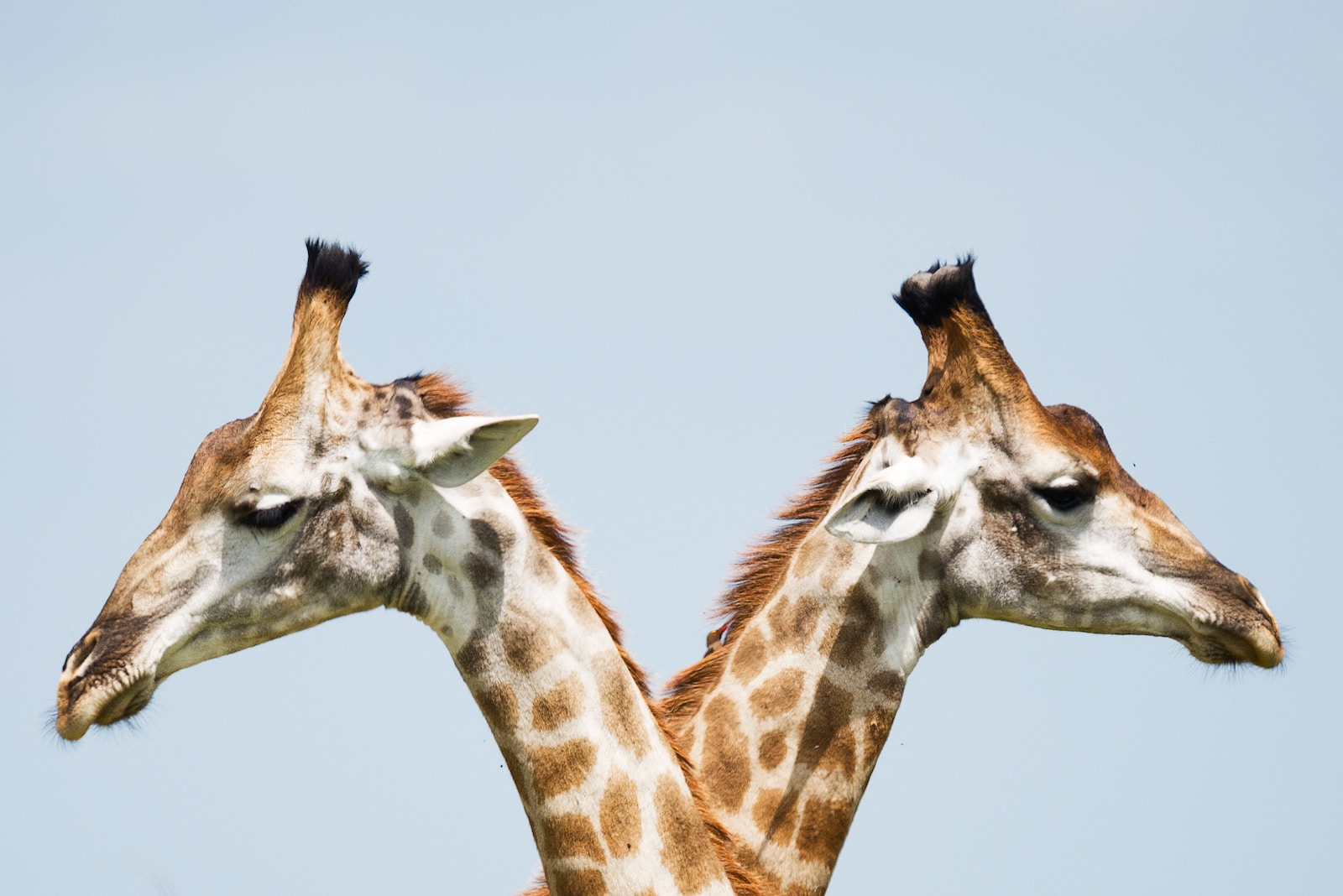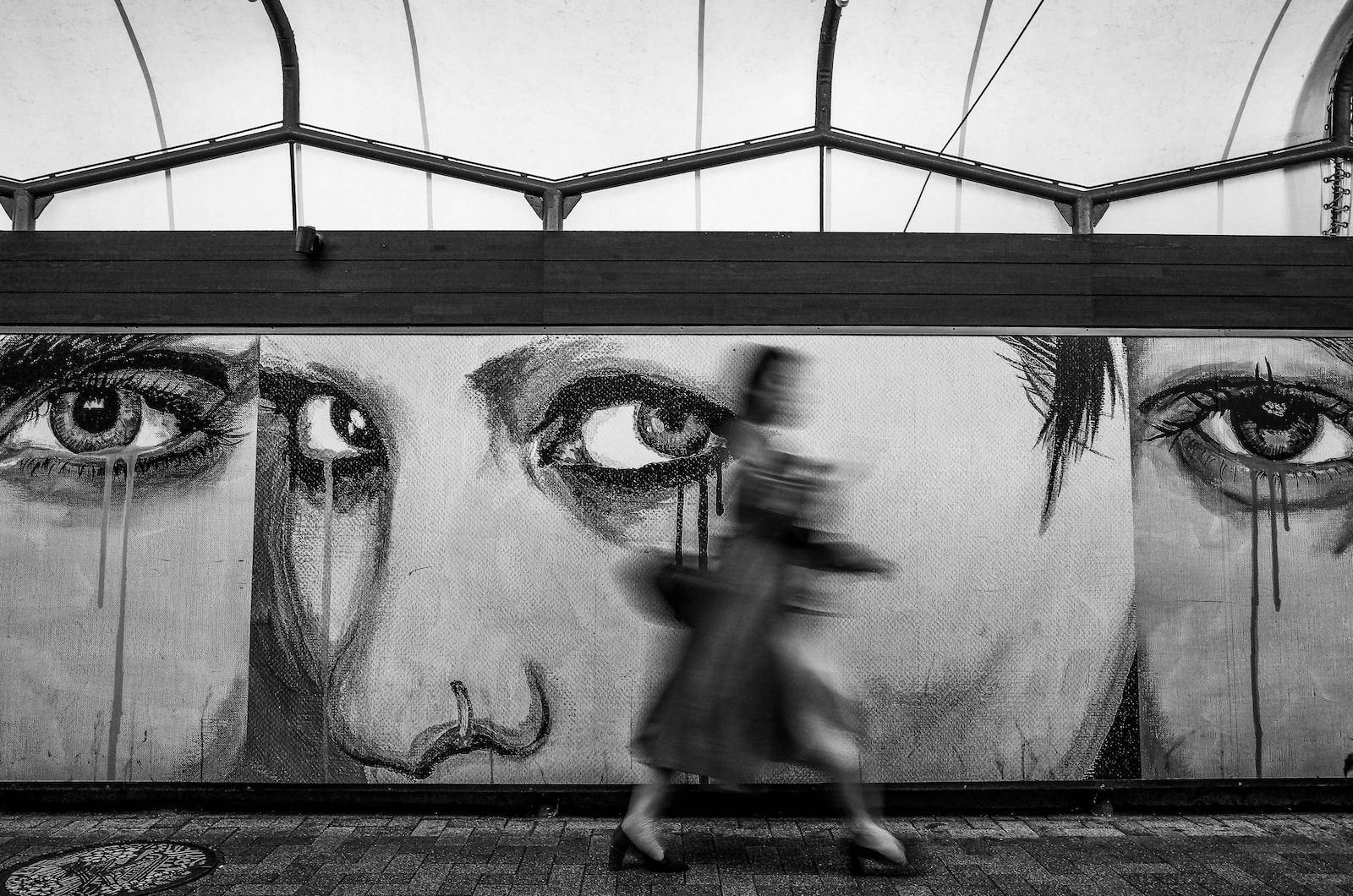Welcome to my blog, where we will delve into the world of photography and examine the vital role that scale and proportion play in creating captivating images. Discover how these elements provide context and give a sense of size to your photographs, allowing viewers to truly appreciate the subject at hand. Whether you’re a professional photographer or simply enjoy capturing moments with your camera, understanding and mastering scale and proportion will take your photography skills to new heights!
Table of Contents
- Why Scale Matters
- Mastering Relative Size
- Foreground and Background Relationships
- A Relevant Case Study: Overcoming Challenges in Scale and Proportion in Photography
- Frequently Asked Questions
- What is Scale and Proportion in Photography?
- Why is Scale and Proportion Important in Photography?
- How Can I Use Scale and Proportion to Provide Context in my Photos?
- What is Relative Size in Photography?
- How Can I Maintain Scale and Proportion in Different Photography Contexts?
- Are There Specific Camera Settings or Techniques to Enhance Scale and Proportion?
- Wrap Up
Why Scale Matters
Scale in photography refers to the relative size of objects within an image. By consciously considering scale, you can emphasize the size of your subject in relation to its surroundings, creating a sense of drama and impact. Whether you want to showcase the grandeur of a mountain range or highlight the delicacy of a tiny flower, understanding how to manipulate scale through composition and perspective is key.
Utilizing Proportion for Perspective
In photography, proportion relates to the size and shape of different elements within an image. It allows you to establish visual relationships between objects and provides a sense of balance and harmony. Utilizing proportion effectively can add depth and dimension to your photographs, guiding the viewer’s eye and creating a sense of realism and perspective. By considering the relative proportions of various elements, you can transform an ordinary scene into a visually striking masterpiece.
Mastering Relative Size
Relative size is a powerful tool that photographers can use to provide context and depth in their images. By incorporating objects of different sizes into your composition, you can create a visual hierarchy and help viewers understand the scale of the entire scene. For example, capturing a person standing next to a towering skyscraper creates a sense of awe and illustrates the immense scale of the building.
Understanding Photography Context
Context is crucial in photography, as it gives meaning and purpose to your images. How you choose to portray your subject within its surroundings can evoke different emotions and narratives. By carefully selecting the elements to include or exclude from the frame, you can guide the viewer’s interpretation and tell a more compelling story through your photographs.
Foreground and Background Relationships
An effective way to showcase scale and proportion is by using foreground and background relationships. Placing a small object in the foreground against a larger background element captivates the viewer’s attention and emphasizes the scale of the larger object. Play around with different angles and perspectives to maximize the impact of this technique.
Leading Lines and Vanishing Points
Leading lines and vanishing points are excellent tools for creating a sense of depth and perspective in your photographs. Utilizing leading lines, such as roads or railway tracks, guide the viewer’s eye into the distance, enhancing the perception of scale within the image. Incorporating vanishing points adds depth and dimension, drawing the viewer in and creating a more immersive experience.
Did you know that scale and proportion are not only relevant to physical objects, but they can also be applied to abstract and conceptual subjects in photography? The use of scale and proportion in portraying emotions and ideas can evoke powerful responses from the viewer.
As photographers, understanding how scale and proportion impact our images is essential for creating visually stunning and impactful photographs. Utilizing techniques to enhance scale and proportion, such as foreground and background relationships and leading lines, allows us to provide context, depth, and a sense of size within our compositions. So next time you pick up your camera, keep in mind the importance of scale and proportion and watch as your photographs come to life with a newfound sense of perspective!
A Relevant Case Study: Overcoming Challenges in Scale and Proportion in Photography
Understanding the concepts of scale and proportion in photography is crucial for capturing images that provide a sense of context and size. To illustrate the importance of these principles in practice, let’s examine a case study where a photographer successfully overcame challenges related to scale and proportion.
The Challenge
Our photographer, Lisa, was tasked with capturing a series of photos for a tourism campaign promoting an adventure park. One of the main attractions was a towering zip line that allowed visitors to soar above the picturesque landscape.
Lisa faced several challenges when trying to showcase the zip line’s true scale and proportion in her photographs. Firstly, the vastness of the landscape made it challenging to convey the size of the zip line accurately. Secondly, capturing the zip line’s height and length proved difficult when viewed from a distance.
Overcoming the Challenges
To overcome these challenges, Lisa employed various techniques that effectively conveyed the scale and proportion of the zip line in her photographs.
1. Utilizing Photography Context
Lisa realized that providing context to her images would help viewers understand the scale of the zip line. She photographed the zip line from different angles, incorporating elements of the landscape, such as trees and mountains, to demonstrate the zip line’s relative size. By including recognizable objects in the frame, viewers could better grasp the zip line’s magnitude.
2. Playing with Relative Size
To emphasize the height and length of the zip line, Lisa experimented with incorporating other objects in the frame. She included people at the starting point and along the zip line’s route, strategically positioning them to highlight the scale difference. By juxtaposing the small figures against the towering zip line, Lisa successfully conveyed its grandeur.
3. Considering Scale and Proportion in Composition
Lisa also paid close attention to her composition. She used leading lines, such as the cables of the zip line, to guide the viewer’s eye towards the main subject. By positioning the zip line diagonally in the frame, she created a dynamic composition that emphasized its scale. Additionally, she experimented with different lenses to capture the zip line from various distances, allowing her to better show its proportion within the frame.
The Benefits
By effectively managing scale and proportion in her photographs, Lisa created images that not only showcased the zip line’s impressive size but also provided viewers with a true sense of the adventure park’s offerings. Her photos captured the attention of potential visitors, enticing them with the promise of an exhilarating experience.
Understanding the importance of scale and proportion in photography and implementing appropriate techniques can make a significant difference in capturing images that successfully provide context and convey the size of the subject. By employing strategies such as utilizing photography context, playing with relative size, and considering composition, photographers can ensure their images have a powerful impact.

Frequently Asked Questions
What is Scale and Proportion in Photography?
Scale and proportion in photography refer to the relationship between the size of objects within an image and how they compare to each other. It is about maintaining the correct size and proportions to provide a sense of context and visual impact.
Why is Scale and Proportion Important in Photography?
Scale and proportion are crucial elements in photography as they help create a sense of perspective and context. By using these techniques, photographers can convey the relative size of objects, establish a focal point, and evoke specific emotions within the viewer.
How Can I Use Scale and Proportion to Provide Context in my Photos?
To provide context in your photos, consider including elements of known size or familiar objects that viewers can easily recognize. For example, including a person or a common object next to a larger or smaller subject can help convey the scale and provide a reference point for the viewer.
What is Relative Size in Photography?
Relative size is the visual relationship between objects within an image. It involves comparing the sizes of different elements within the frame to create a sense of proportion and depth. Manipulating relative size can enhance visual interest and lead the viewer’s eye to the intended focal point.
How Can I Maintain Scale and Proportion in Different Photography Contexts?
When photographing different subjects or in various settings, it’s essential to adapt your approach to maintain scale and proportion. Pay attention to the size and distance between objects, use appropriate angles and perspectives, and experiment with different focal lengths and compositions to achieve the desired effect.
Are There Specific Camera Settings or Techniques to Enhance Scale and Proportion?
While there are no rigid rules, several camera settings and techniques can help enhance scale and proportion in your photographs. Experiment with depth of field by adjusting aperture settings, compose your shots with leading lines or diagonal perspectives to create a sense of scale, and consider using wide-angle or telephoto lenses to exaggerate or compress space, respectively.
Wrap Up
In conclusion, understanding scale and proportion in photography is crucial for providing context and conveying a sense of size. By using relative size, we can create visual impact and guide the viewer’s perception. Contextualizing our subjects within their surroundings allows us to tell a more complete story through our photographs.
Remember to pay attention to the elements around your subject and utilize techniques like framing, contrast, and perspective to highlight scale effectively. Experiment with different compositions and perspectives to enhance the visual interest and impact of your images.
Now it’s your turn! How do you use scale and proportion in your photography? Share your thoughts and experiences in the comments below, and let’s keep the conversation going!



